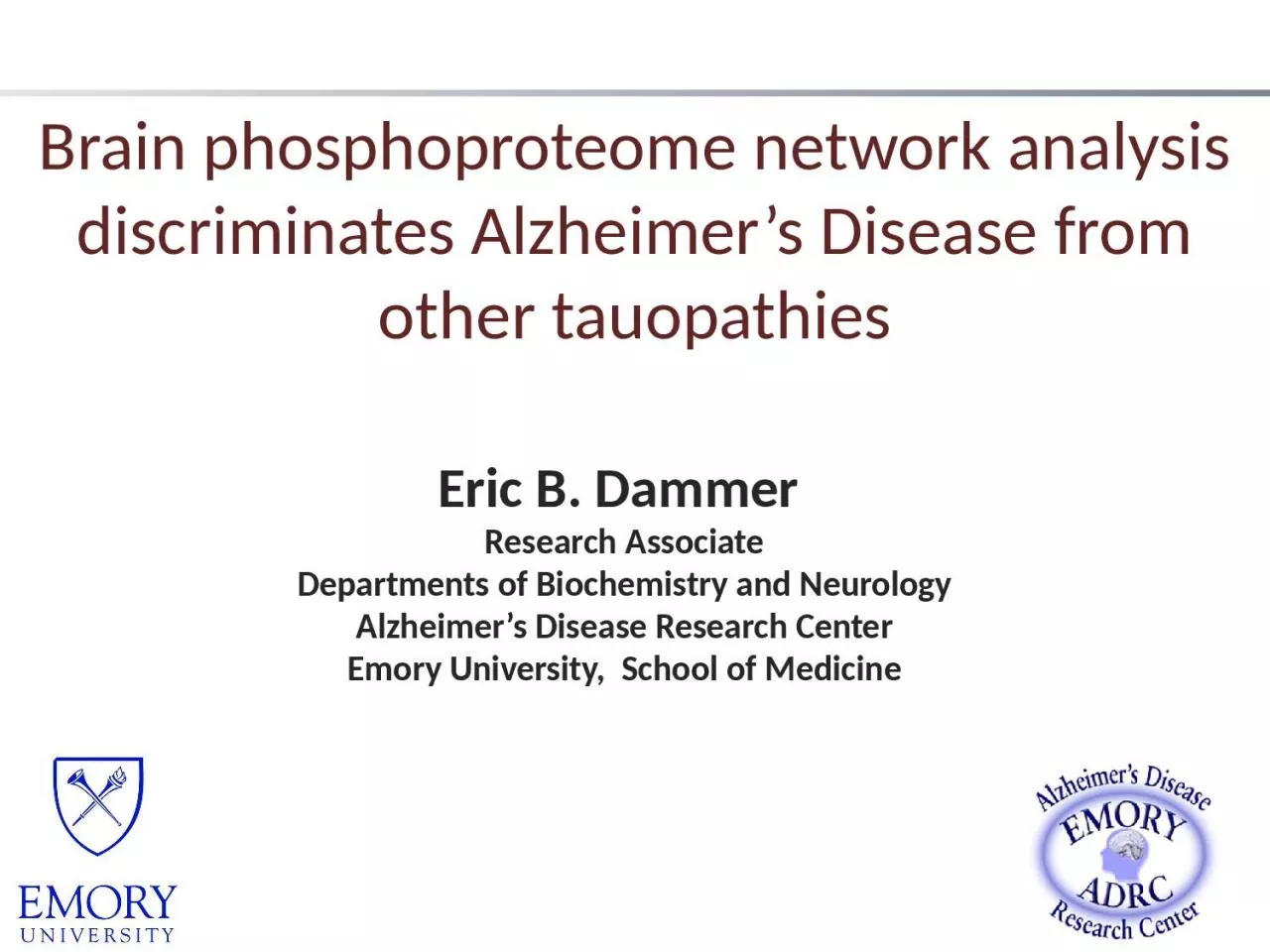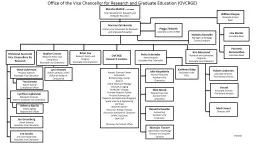PPT-Eric B. Dammer Research Associate
Author : morgan | Published Date : 2024-02-02
Departments of Biochemistry and Neurology Alzheimers Disease Research Center Emory University School of Medicine Brain phosphoproteome network analysis discriminates
Presentation Embed Code
Download Presentation
Download Presentation The PPT/PDF document "Eric B. Dammer Research Associate" is the property of its rightful owner. Permission is granted to download and print the materials on this website for personal, non-commercial use only, and to display it on your personal computer provided you do not modify the materials and that you retain all copyright notices contained in the materials. By downloading content from our website, you accept the terms of this agreement.
Eric B. Dammer Research Associate: Transcript
Download Rules Of Document
"Eric B. Dammer Research Associate"The content belongs to its owner. You may download and print it for personal use, without modification, and keep all copyright notices. By downloading, you agree to these terms.
Related Documents














